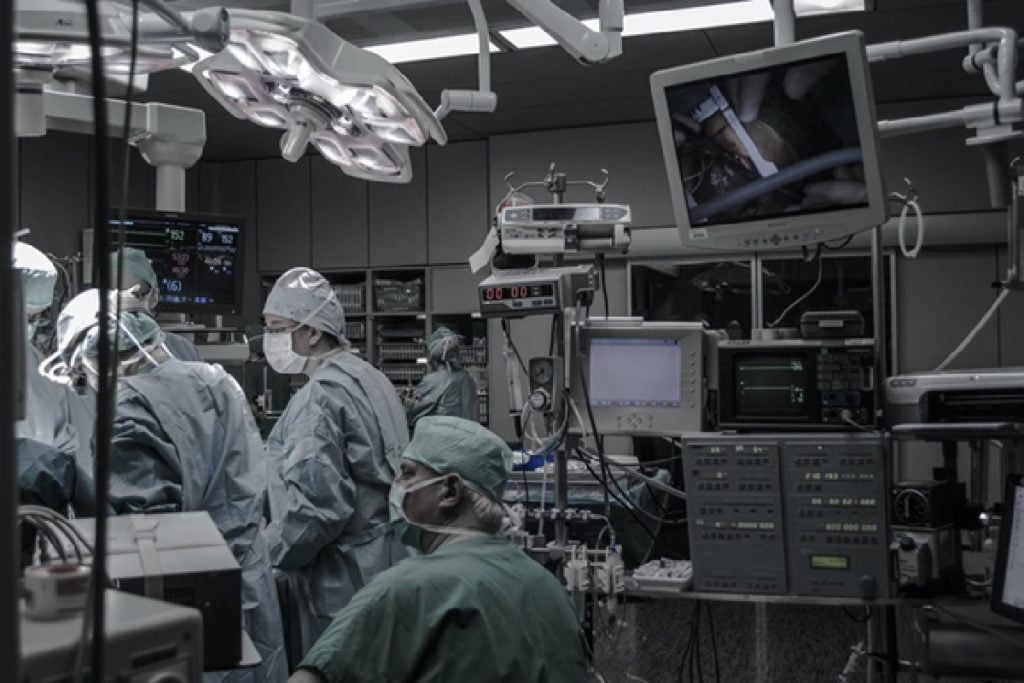
Medicine is constantly evolving and discovering new mediums for doctors to provide abject care for their patients. Best Hospital in Bangalore is one such place that fosters novelty techniques to cope with cardiac-related woes. The past years have witnessed a significant hike in heart attacks. Cardiologists owe this to sedentary lifestyles and intense stress levels. People dedicate their time to work and overlook self-care. Pollution is also a notable contributor to this cause. Doctors also believe that patients are cavalier about their medical appointments and do not take them seriously. These symptoms amplify to the extent of no return leading to heart attacks.
The best hospital in Bangalore is taking adequate initiatives to assist their patients and increase awareness. They want to combat these rising numbers and help nurse patients. They also recommend people imbibe a more holistic way of living and steering clear packaged foods and unhealthy eating habits. People suffering from hypertension must take additional care of what they consume and exercise regularly. Despite best efforts, there is an unequivocal upswing. Doctors are now resorting to newer techniques of healthcare and operations. The face of medicine is changing, becoming more advanced.
NEW CARDIAC TECHNOLOGIES
1) Miniature ventricular assist device: VAD is a mechanical pump that the surgeon implants inside or outside the chest and connects to the heart during open-heart surgery. The advent of a miniature ventricular assist device acts as a bridge to heart transplantation and manifests a prolonged life quality. In case a donor is unavailable, people can still sustain a healthy life. Earlier, patients had to get by using ambulation, large external batteries and controlled units. This is not the case anymore.
VAD has revolutionized these devices and offered more prudent alternatives. The sizes of devices have become smaller, batteries have become more reliable, and wireless charging is now possible. In the coming years, the apparatus may become physically unnoticeable, decreasing patients’ susceptibility to infections. The emergence of advanced modes of operation has dwindled hemolysis rates, thrombosis rates and secondary aortic valve insufficiency.
2) Novel Embolic Protection to prevent strokes: Strokes have been one of the most prominent causes of death worldwide. The rationale was to invent a device for high-risk patients and the prevention of strokes. The earlier treatment methods were limited to anticoagulants. It could be life-threatening in many situations. Many further studies are still undergoing clinical trials to be considered as potential treatments in future.
3) Organ conformal electronics: These are long flexible, stretchy Electronic devices used to diagnose and treat tissue function with high spatiotemporal resolution. It comprises a web that connects sensors, actuators, electrodes, photodiodes, thermocouples, LEDs and photovoltaic devices. Conformal electronics employ numerous parameters to command and monitor cardiac tissue functions by following the epicardium’s shape. It offers enhanced monitoring and delivery. Conformal electronics are the future of cardiac diagnosis and treatment.
4) Mitral valve modulation and repair: TMVR is expanding quickly. This procedure is used to treat diseases in the mitral valve situated in the left ventricle. Several conditions can entail the mitral valve, such as the mitral valve not closing tightly and causing the blood to flow back. This is a cause of valve leaflets bulging back. TMVR has made it possible to find an alternative to surgeries in some cases. These devices are aimed at repairing the annulus, leaflet and remodelling the ventricles. As of date, TMVR is manifesting promising results and long-term sustainability. However, transcatheter technologies are also making advancements, which shall be a preferred choice of treatment in future.
5) Cardiac decellularization and engineered heart tissue: Some of the most promising cardiovascular world approaches are using tissue engineering techniques. They use cells to treat heart disease. Constructing new tissue requires cells, scaffolds and apt growth factors. One of the most significant challenges this approach faces is designing an efficacious scaffold that is true to function. Tissue engineering is an intricate task that needs utmost proficiency. Hence, a decellularized heart is used, a promising biomaterial for cardiovascular tissue that offers cardiac function’s physical and chemical signals.
CONCLUSION
The cardiac world witnessed several changes. They are all aimed at betterment and a brighter future. Doctors are not shy to experiment and broaden their horizons. A doctor from Hyderabad performed a rare procedure known as frozen elephant trunk on a 20-year-old with aortic dissection and Marfan Syndrome. The process was triumphant, and the patient is in recovery.







Leave a Comment
You must be logged in to post a comment.